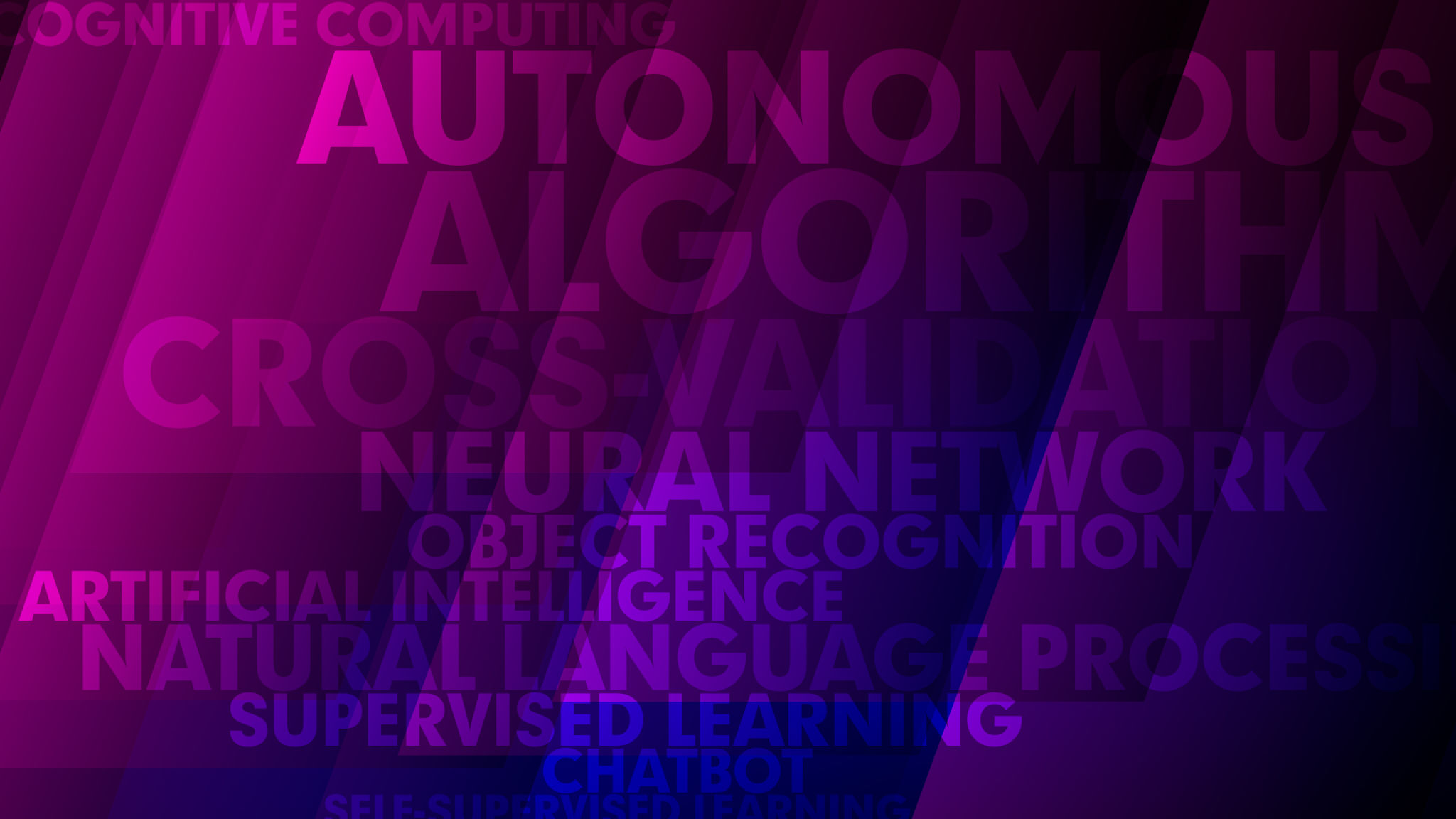Top 5 Challenges in Fine-Tuning AI Models and How to Overcome Them
Understanding the Complexity of Fine-Tuning AI Models
Fine-tuning AI models is crucial for enhancing their performance and ensuring they meet specific application needs. However, this process comes with its own set of challenges. In this blog, we will explore the top five challenges faced during AI model fine-tuning and provide insights on overcoming them.
Data Quality and Availability
One of the primary challenges in fine-tuning AI models is ensuring access to high-quality data. The effectiveness of an AI model heavily relies on the quality of data it is trained on. Poor data quality can lead to inaccurate predictions and reduced model performance. It's essential to have a comprehensive data validation process in place to filter out noise and errors from your dataset.

Additionally, in some cases, there may be a lack of available data for certain applications or industries. In such situations, leveraging data augmentation techniques or utilizing synthetic data generation can help overcome these limitations.
Computational Resources
Fine-tuning AI models often demands significant computational power, which can be a barrier for many organizations. The need for specialized hardware, such as GPUs, and the associated costs can be prohibitive, especially for smaller teams or startups.
To address this challenge, consider using cloud-based solutions that offer scalable resources tailored to your needs. Many platforms provide pay-as-you-go models, allowing you to optimize costs while accessing the necessary computational power.

Model Overfitting
Overfitting occurs when an AI model becomes too tailored to the training data, resulting in poor generalization to new, unseen data. This is a common challenge during fine-tuning, as the model may learn noise and irrelevant patterns from the training set.
To mitigate overfitting, several strategies can be employed. Regularization techniques, such as L1 or L2 regularization, can be useful. Additionally, incorporating dropout layers in neural networks or adopting cross-validation methods can help ensure the model generalizes well.
Balancing Hyperparameters
The process of fine-tuning involves adjusting various hyperparameters, which can significantly impact model performance. Finding the optimal combination of these parameters is often a trial-and-error process and can be quite time-consuming.

Automated hyperparameter tuning tools such as grid search or random search can streamline this process. Alternatively, advanced techniques like Bayesian optimization can aid in efficiently navigating the hyperparameter space to find the best configuration.
Interpretability and Bias
As AI models become more complex, understanding their decision-making processes becomes increasingly challenging. Ensuring that these models are interpretable is crucial, particularly in sensitive applications like healthcare or finance.
Moreover, bias in AI models is a significant concern. Bias can arise from skewed training data or inherent model architecture, leading to unfair outcomes. To tackle these issues, employing interpretability tools and conducting thorough bias audits during the fine-tuning process is essential.

In conclusion, while fine-tuning AI models presents several challenges, understanding these issues and implementing strategic solutions can significantly enhance model performance and reliability. By prioritizing data quality, optimizing computational resources, and maintaining ethical standards, organizations can successfully navigate the complexities of AI model fine-tuning.